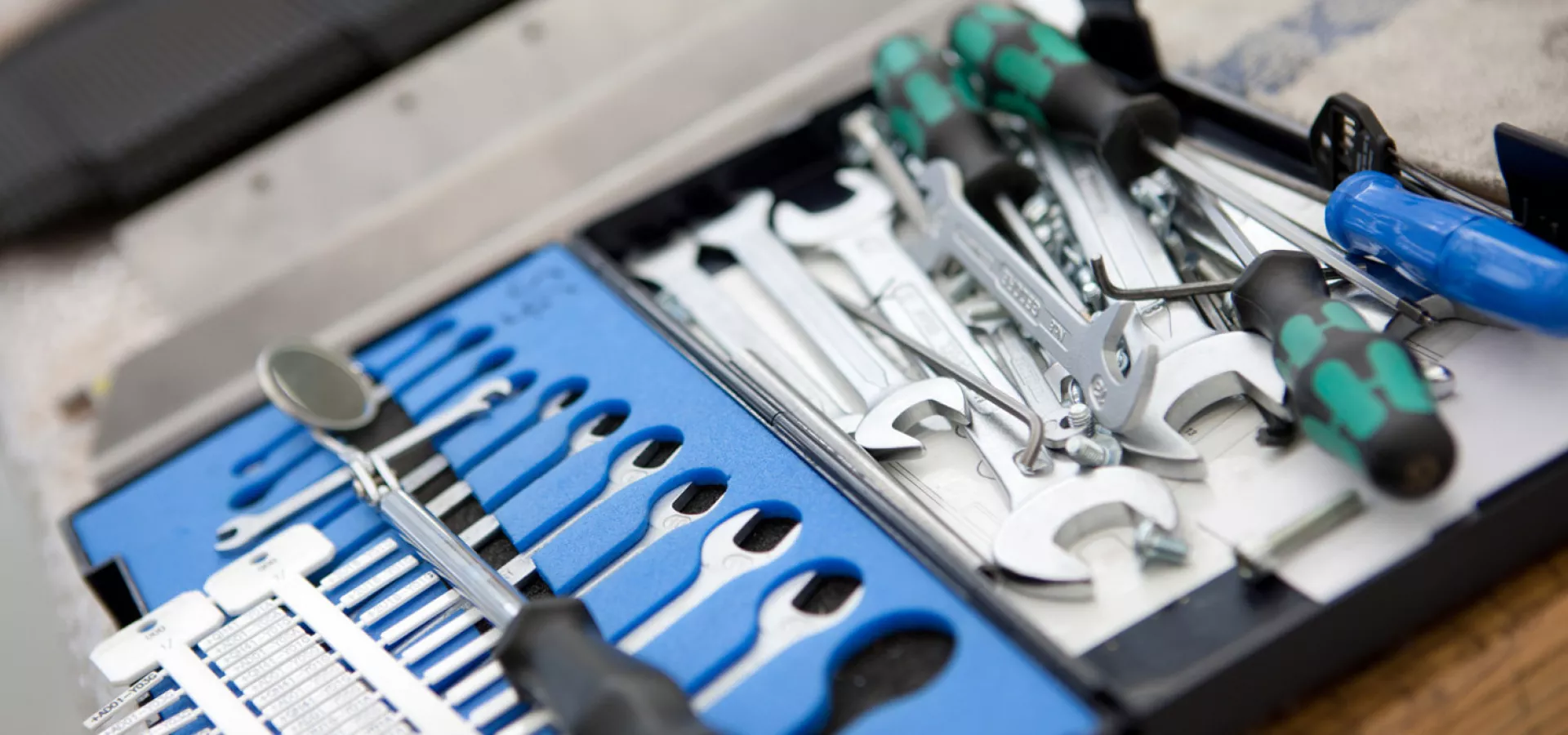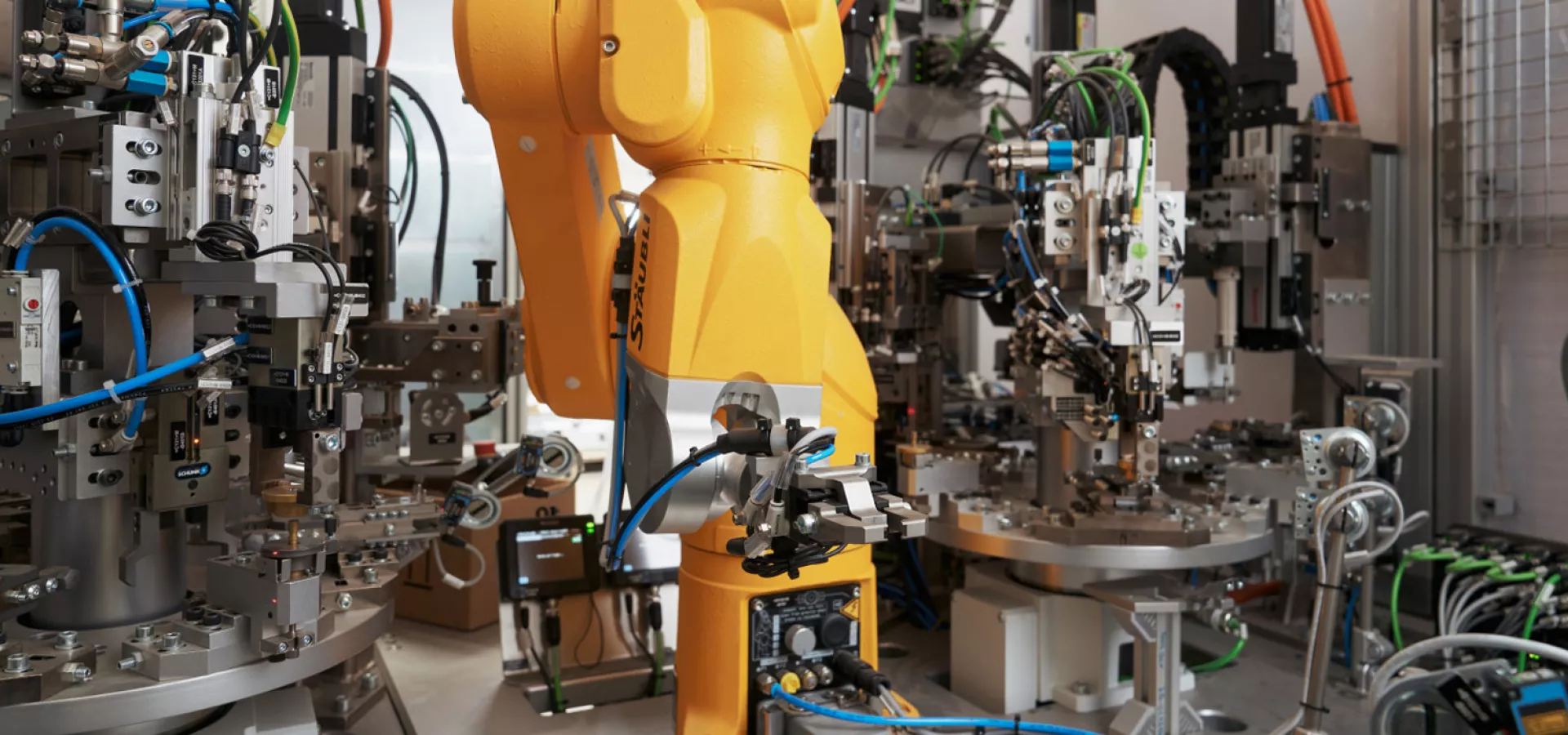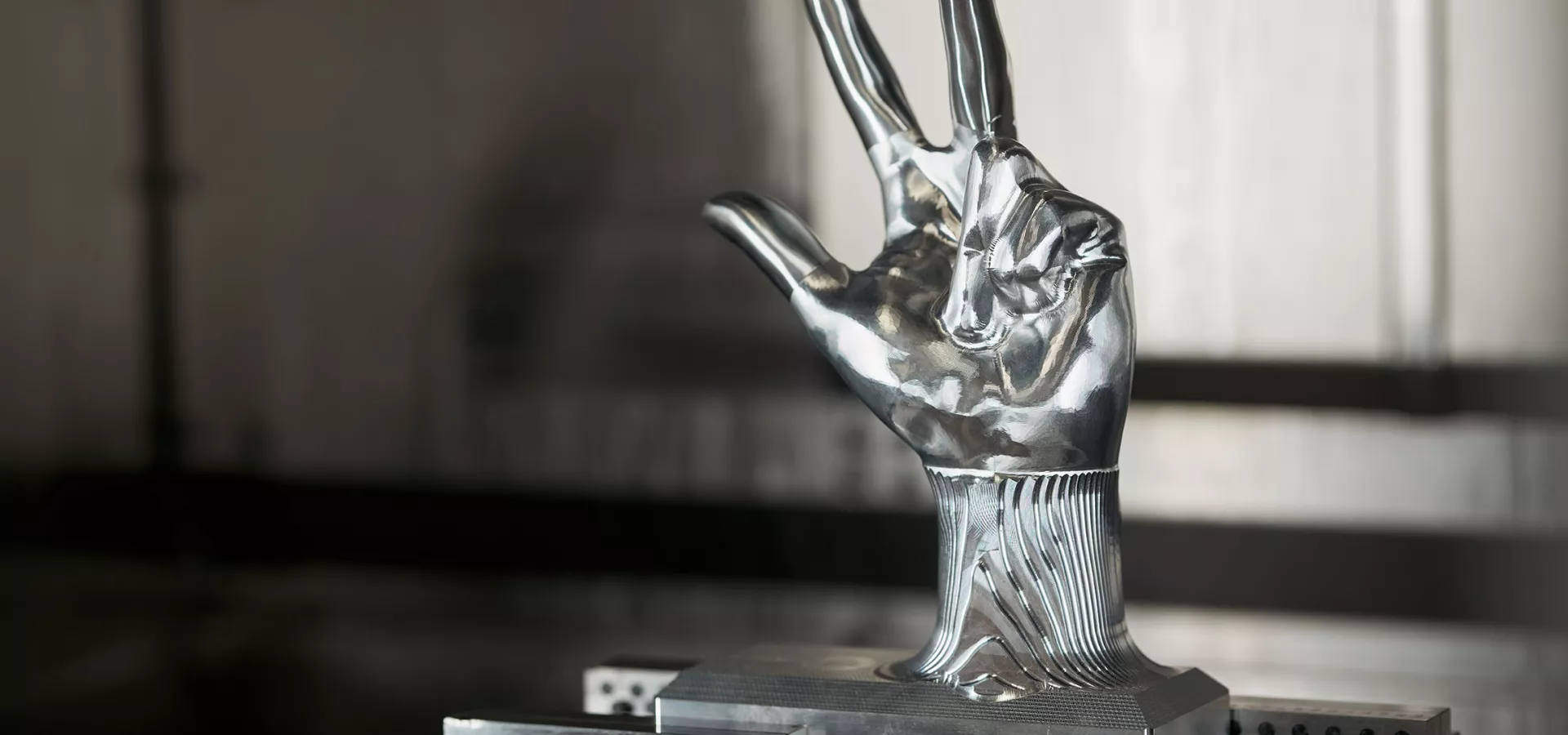
NC technology: Long-standing standard in machine control
NC technology revolutionized the control of machines for the first time in the 1940s. It was first introduced in the aircraft industry, later it was mainly machine tools that were equipped with NC technology. The abbreviation stands for the concept of numerical control, which makes it possible, for example, to control machine tools by means of data coding. The codes required for this are stored on a data carrier (e.g. punched tape), which is read out by the machine. The advantage: In contrast to manual control of the machine, work processes are significantly accelerated and made more precise with NC technology.
How does the NC Technology work?
NC technology was considered the widely used standard until the end of the 1970s, but it has now been obsolete for several years. The advent of CNC technology has further simplified the control of machine tools, maximizing speed and increasing the precision of the work. NC technology is correspondingly much simpler: relatively simple codes are read by the machine from the data carrier and translated into movements. The first machines could only follow binary commands, while more extensive controls were possible with the last machine generations using NC technology.
What were the advantages of NC technology?
Because pure NC technology is now considered obsolete, the advantages are limited from today's perspective. Compared to manual control, however, the plus points for manufacturing and producing large numbers of components and workpieces are still clearly evident today: Thanks to numerical control, machine operation was significantly accelerated. It was no longer necessary to move the machine by hand and set it in the correct position, but even complex motion sequences were possible fully automatically. At the same time, this meant that workpieces could be produced more precisely, for example, and the number of errors was reduced. A third advantage: Because the data carriers could be replaced relatively quickly and easily, the machines could be adjusted to new tasks with little work.


